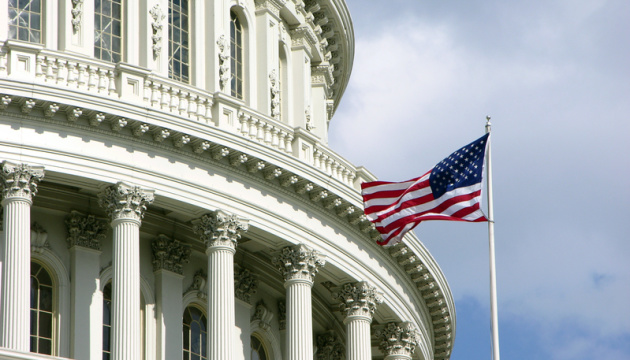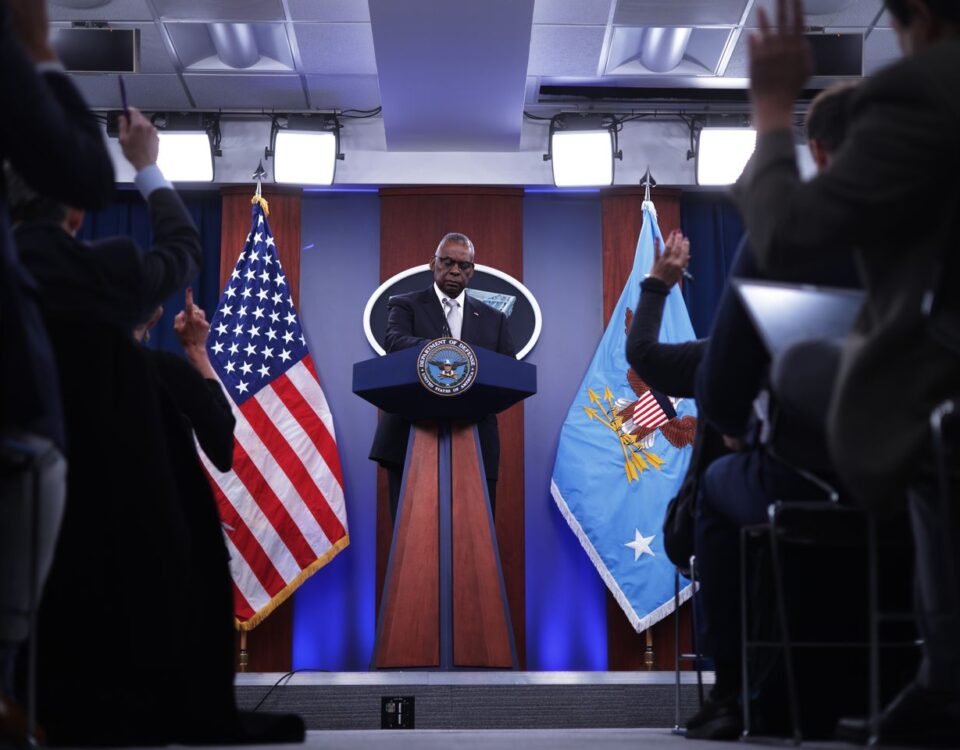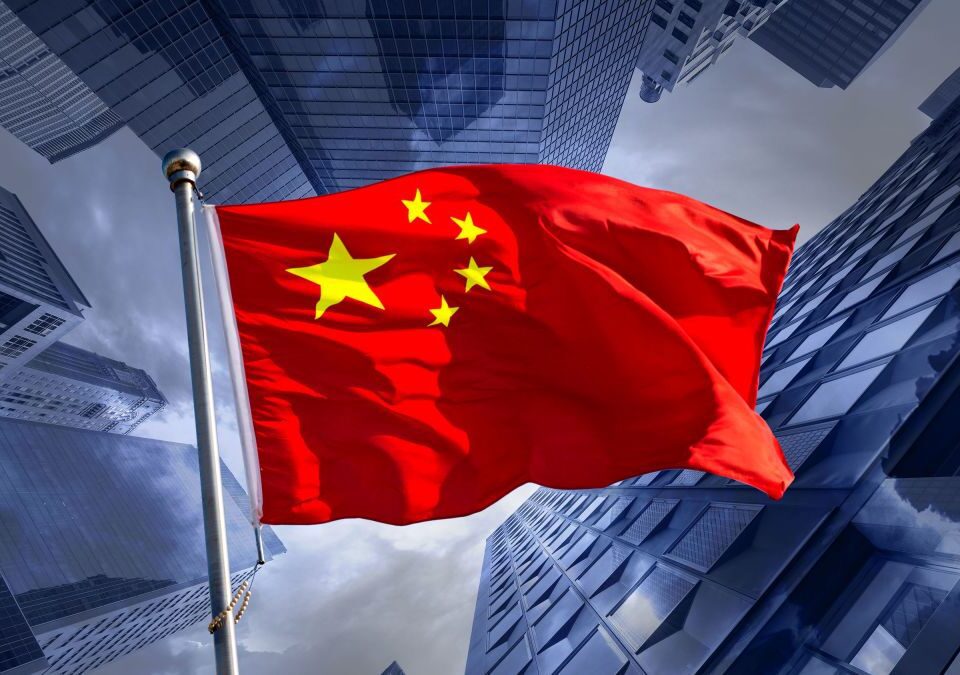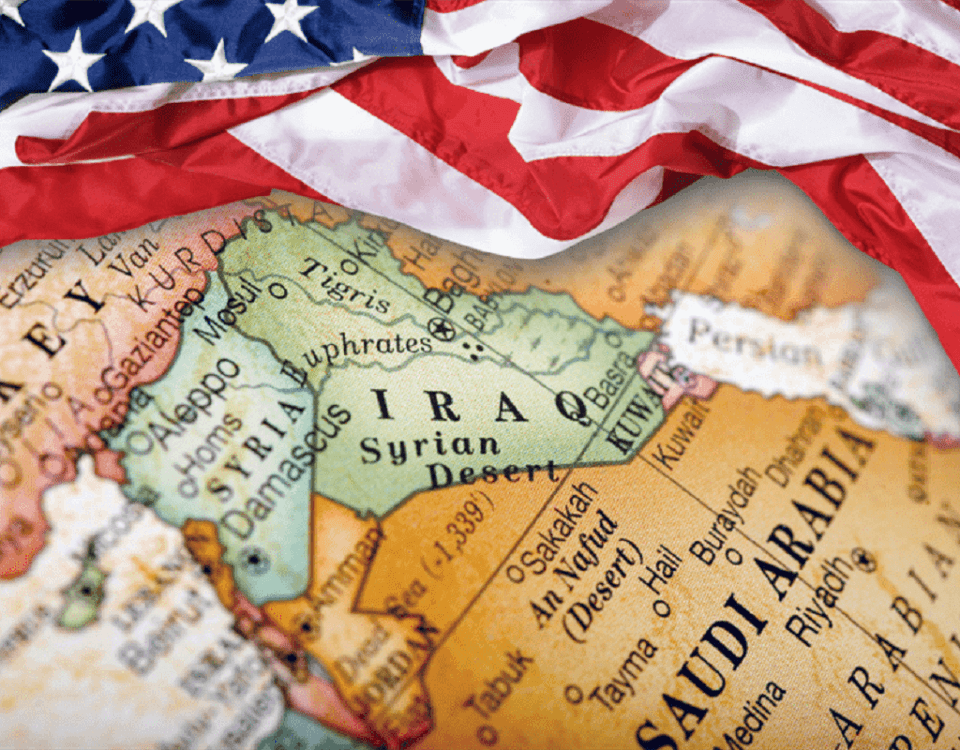
GERMANY’S TOUGH STANCE ON CHINA; A BALANCING ACT FOR DEMOCRACY
September 25, 2023
Afghanistan: From Economic Collapse to Modest Recovery
September 27, 2023
By Amara Malik
Large-scale infrastructure initiatives known as “economic corridors” seek to link many regions and nations together through energy, digital, and transportation networks, and are frequently viewed as a means of fostering regional integration and collaboration as well as commerce, investment, and development. These projects and corridors reflect the goals and objectives of the participating nations and are thus motivated not just by economic considerations but also by political and geopolitical ones. As these states mostly question the US-dominated Global Order and present alternative forms of growth and collaboration, several of these corridors and projects are considered a threat to the US economic hegemony and leadership. So, we can state that the expansion of economic corridors and projects in recent years has intensified rivalry and competitiveness among the major powers, particularly the US and China, as they look to bolster their positions and protect their strategic interests.
For instance, the BRICS, an abbreviation for five significant developing economies, Brazil, Russia, India, China, and South Africa, that have established a political and economic alliance since 2009, serves as one of the most prominent examples of economic corridors and projects. Around 40 percent of the world’s population, 20 percent of global output, 50 percent of the world’s growth since the end of 2009, and projected US$4.7 trillion in total foreign reserves are all attributes of the BRICS. To finance and assist infrastructure and development projects in the BRICS and other developing nations, the BRICS have also formed their own organizations, such as the New Development Bank and the Contingent Reserve Arrangement. The BRICS have been generally viewed as a counterbalance to the US and its allies as well as a challenge to the current international financial institutions, such as the World Bank and the International Monetary Fund, which are considered by the BRICS and other developing nations as biased and unjust.
Moreover, The Partnership for Global Infrastructure Investment (PGII), which was unveiled by the US, EU, India, Saudi Arabia, the UAE, Jordan, and Israel during the G20 Summit in Delhi in September 2023, is another recent example of economic corridors and projects. Through shipping ports and rail lines, the PGII seeks to establish two corridors: one connecting India with the Middle East and the other connecting the Middle East with Europe. The PGII is viewed as a reaction to China’s Belt and Road Initiative (BRI) as well as a means of fostering closer economic and strategic connections between the participating nations, particularly India and the Gulf states, who have been fostering their relations recently. The Abraham Accords, which were signed in 2020, started a process of normalization between Israel and some of its Arab neighbors, and it is anticipated that the PGII will accelerate this process.
The inception of these economic corridors and projects marks the onset of a new phase in the global trade war, one in which the stakes extend beyond tariffs and market access to include connectivity and infrastructure, that includes partnerships among various states. Given that they reflect the fluctuating geopolitical alliances and rivalries in the multipolar world, economic corridors, and projects are also motivated by political and strategic goals in addition to economic ones. Along with being considered as initiatives involving cooperation among states to develop infrastructures for trade purposes, they are also viewed as another way of colonizing some states such as South Africa and many others through economic interdependence (neo-imperialism) which in the end is again a threat to the economy and culture of peripheral states. Moreover, these projects and corridors are also seen as a means by the US and its allies to restrict and thwart their economic hegemony and a way to aid China and other developing nations to foster their economic dominance. As a result, the US and its allies face the danger of losing their competitive edge and credibility as they struggle to keep their commitments and pledges and also, they encounter opposition and criticism from some of its partners and stakeholders. To combine their economic objectives with their security and sovereignty concerns, as well as their relationships with other players and variables, the US and its allies must also cope with the complexity and diversity of the areas and nations participating in these corridors and projects. Or else such diverse economic projects will lessen the economic dependency of many nations on the US, and as a result, the US will lose its economic hegemony over many states and institutions as well.
However, the nations and areas engaged in the economic corridors and initiatives must balance their economic objectives with concerns about security and sovereignty as well as their relationships with other partners and stakeholders. This presents both opportunities and challenges. Economic initiatives and corridors may strengthen or weaken the already-existing multi-lateral institutions and norms, which has ramifications for global governance and order. As a result, the initiatives and economic corridors need careful planning, collaboration, and communication between the necessary parties, as well as adherence to the values of openness, inclusivity, sustainability, and mutual gain.
The writer is a student of International Relations.







